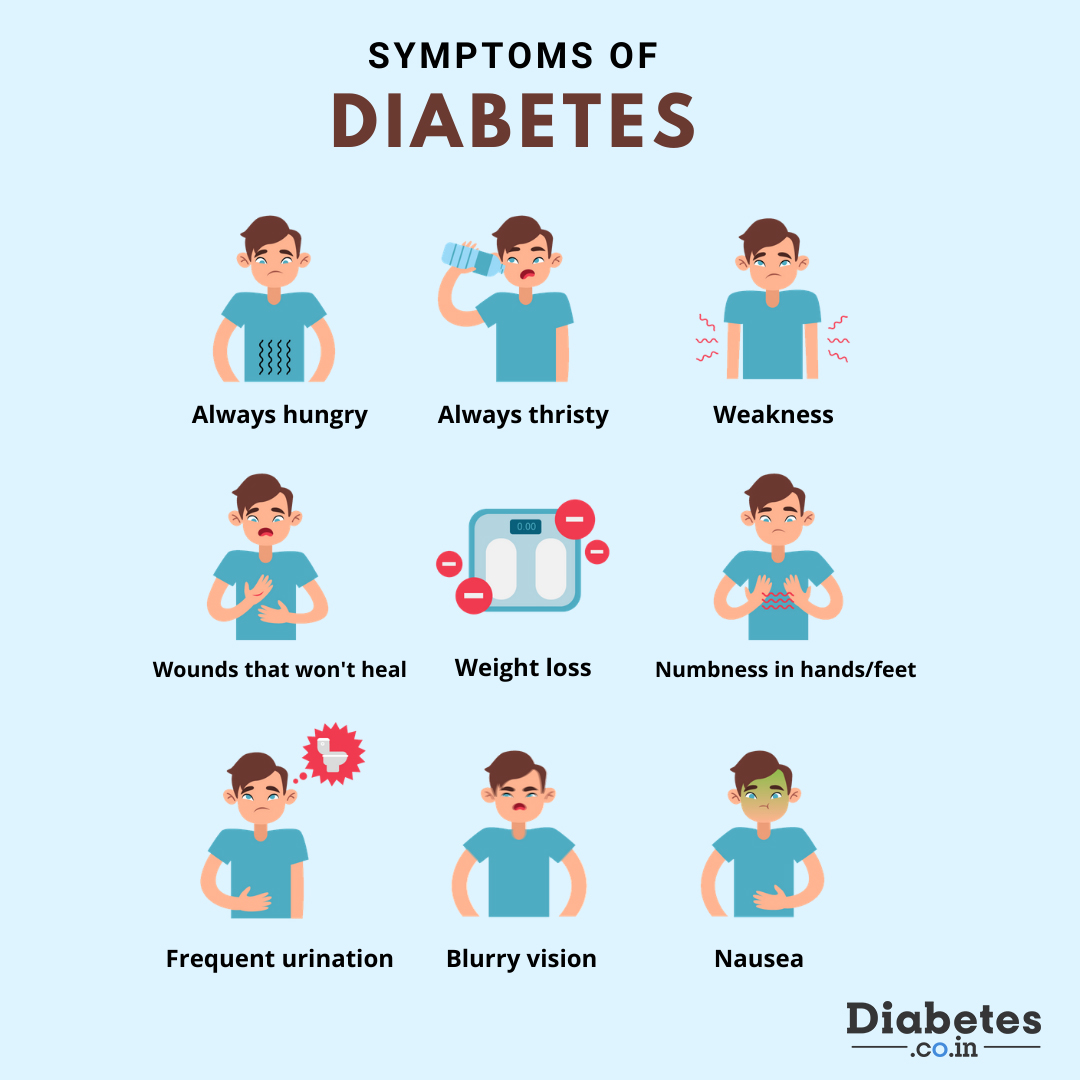Understanding The Signs And Taking Action

Type 2 diabetes symptoms can often be subtle, making it challenging for individuals to recognize them early. Understanding these signs is crucial for timely diagnosis and management of the condition, which affects millions globally. In this article, we will delve into the various symptoms associated with type 2 diabetes, explore why early detection is vital, and discuss practical steps you can take to manage your health effectively.
As we explore the symptoms of type 2 diabetes, it’s essential to consider the broader context of this chronic disease. With lifestyle factors such as diet and exercise playing a significant role in its development, awareness of the symptoms can empower individuals to seek medical advice sooner rather than later. This comprehensive guide aims to provide valuable insights to help you understand and identify type 2 diabetes symptoms.
By recognizing these symptoms early, you can take proactive steps toward managing your health, potentially preventing more severe complications associated with the disease. Let's dive into the details and arm ourselves with the knowledge necessary to combat this widespread health issue.
Table of Contents
What is Type 2 Diabetes?
Type 2 diabetes is a chronic condition that affects the way your body metabolizes sugar (glucose), which is an essential source of fuel for your body. In type 2 diabetes, the body becomes resistant to insulin or doesn't produce enough insulin, leading to elevated blood sugar levels. This condition can lead to serious health issues if not managed properly.
Common Symptoms of Type 2 Diabetes
Recognizing the common symptoms of type 2 diabetes can help individuals seek medical attention promptly. Here are the primary symptoms to be aware of:
- Increased thirst: A common symptom, often resulting from elevated blood sugar levels.
- Frequent urination: As the kidneys work to filter excess glucose, this can lead to increased urination.
- Extreme hunger: Fluctuations in blood sugar can cause intense feelings of hunger.
- Fatigue: Insulin resistance can result in insufficient energy being available to cells.
- Blurred vision: High blood sugar levels can affect the eye’s ability to focus.
Less Common Symptoms
Aside from the common symptoms, there are also less recognized signs that may indicate type 2 diabetes. These include:
- Slow-healing sores or frequent infections: High glucose levels can impair the body’s natural healing processes.
- Patches of dark skin: A condition known as acanthosis nigricans can occur, usually in body folds.
- Numbness or tingling in hands or feet: This can be a sign of nerve damage related to diabetes.
Complications Associated with Type 2 Diabetes
Untreated or poorly managed type 2 diabetes can lead to severe complications, including:
- Heart disease: Individuals with diabetes are at higher risk for heart-related issues.
- Kidney damage: Diabetes can lead to nephropathy, affecting kidney function.
- Vision problems: Diabetic retinopathy can lead to blindness if not treated.
- Nerve damage: Neuropathy can cause pain, tingling, and loss of sensation.
When to See a Doctor
If you experience any of the symptoms mentioned above, it's crucial to consult a healthcare professional. Early diagnosis and treatment can prevent complications and improve quality of life. Schedule an appointment if you notice:
- Persistent increased thirst and urination.
- Unexplained fatigue or weakness.
- Unusual weight loss or gain.
Diagnosis of Type 2 Diabetes
A healthcare provider will typically diagnose type 2 diabetes through various tests, including:
- Fasting blood sugar test: Measures blood sugar levels after an overnight fast.
- Oral glucose tolerance test: Measures blood sugar before and after consuming glucose.
- A1C test: Provides an average blood sugar level over the past 2-3 months.
Management and Treatment
Managing type 2 diabetes often involves a combination of lifestyle changes and medical treatments:
- Dietary modifications: A balanced diet low in processed sugars and rich in whole foods is essential.
- Regular exercise: Physical activity helps control blood sugar levels and promotes overall well-being.
- Medications: Various medications may be prescribed to help manage blood sugar levels.
Prevention Strategies
Preventing type 2 diabetes is possible through lifestyle changes, such as:
- Maintaining a healthy weight.
- Engaging in regular physical activity.
- Eating a balanced diet rich in fruits, vegetables, and whole grains.
- Avoiding smoking and limiting alcohol intake.
Conclusion
In conclusion, recognizing the symptoms of type 2 diabetes is vital for early detection and management. By understanding the signs and taking proactive measures, individuals can significantly reduce their risk of complications. If you or someone you know is experiencing symptoms, don’t hesitate to seek medical advice. Your health is worth it!
We encourage you to leave a comment below sharing your thoughts or experiences related to type 2 diabetes. Additionally, feel free to share this article with others who may find it helpful. For more informative content on health and wellness, explore our other articles on the site.
Final Thoughts
Thank you for reading! We hope this article has provided valuable insights into type 2 diabetes symptoms and management. Stay informed and take care of your health, and we look forward to seeing you back on our site for more informative content.
ncG1vNJzZmivmaC2b7XSrJirrZKWe6S7zGikmrCemsS0g46tsKmdXWd6pbXAm5ytnaNiwLq5z62mpqtencGuuA%3D%3D